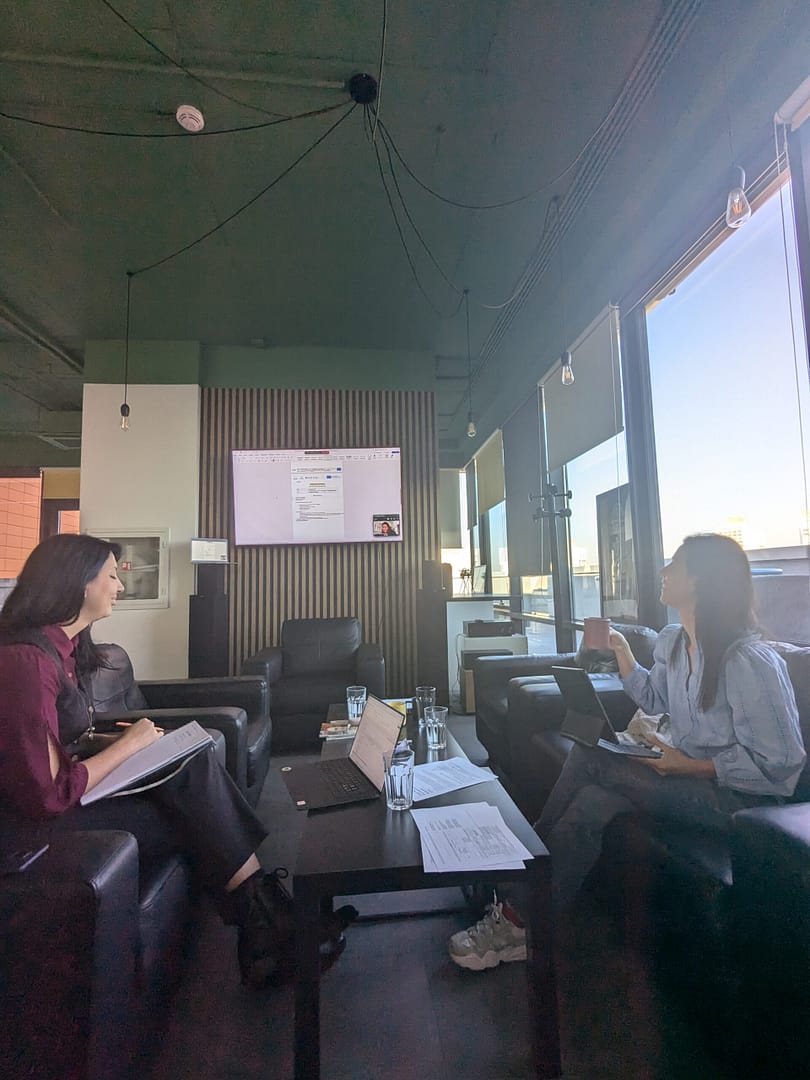Learning Outcomes:
- Participants will gain knowledge of the concept of youth participation.
- Participants will cultivate a sense of responsibility for one’s own actions.
- Participants will develop skills to cooperate, organise and take action together with others.
Duration:
120 minutes circa
Materials needed:
- Handout “the ladder of participation” (printed, drawn or to shown via projector)
- paper
- markers
- pens
- sticky notes
- headers to hang on wall
Preparation
The trainer(s) should prepare themselves on the topic of youth participation and on the ladder of participation, so as to be able to guide participants.
They should also prepare 6 signs to hang on the wall: obstacles, enabling factors, control (x2), no control (x2).
Description
In this session, participants will be introduced to the concept of youth participation through the Compass activity “On the ladder”.
PART 1
The first part of the activity aims at exploring participants’ understanding of the term “youth participation”.
- The trainer(s) ask participants what they understand by the term “youth participation”.
- They will then show or hand out the diagram of the ladder of participation. The trainer(s) will explain that this is one model for thinking about different ways of participating and briefly discuss the different levels.
- The trainer(s) will divide the group into 8 small groups and assign one level of participation to each group, asking them to prepare a short 2-3 minutes role play to illustrate the level they have been allocated.
- When the groups are ready, the trainer(s) will ask them to present their role plays in turn. Other participants can comment the different roleplays if they want.
PART 2
The second part of the activity aims at making participants reflect on how they participate in the civic and democratic life of their communities.
- The trainer(s) will ask participants to find examples in their own lives for as many of the 8 levels as they can. Participants should work individually for 5 minutes, thinking about all aspects of their lives (home, school, work, family, friends, associations, etc).
- After 5 minutes, the trainer(s) will form small groups (4-5 people) and ask participants to share their examples within the small group. Together, the groups should find “obstacles” and “enabling factors” for moving up the ladder. These should be noted on separate sticky notes.
- While the groups are discussing, the trainer(s) hangs the prepared headings “obstacles” and “enabling factors” on the wall (apart from each other). They will then bring the groups into plenary and ask them to stick their papers on the wall under the headings.
- The trainer(s) will then review the two lists with the participants, clarify any ambiguous statements and try to resolve any disagreements between participants about the positioning of the statements.
- Finally, the trainer(s) will add the prepared “control” and “no control” headings up on the wall under each of the first headings and ask participants to sort each list into two sub-lists according to whether the statements are about things that they have (or could have) control over, or whether the statements refer to external factors that are out of their control.
- After participants have repositioned the elements, the trainer(s) will review the positions of the paper in the four list and guide participants to the debriefing.
Debriefing
Debriefing can be guided by the trainer(s) by asking questions such as:
- Did the activity help you think more clearly about the ways you participate in different areas of your life? What surprised you most?
- Does it matter whether young people participate actively or not? Why?
- Do you think low participation is a result mostly of internal (psychological) factors, or mostly a result of external factors?
- Do you feel like you could be participating at lower/higher “rung” than you do at the moment? If so, in which areas? What are the reasons for doing so, and what are the reasons against?
Tips
When introducing the ladder of participation, the trainer(s) should make it clear that the model is not meant to suggest that being at the “highest” level is always the best thing. In some situations, there is nothing inherently “wrong” with being merely consulted (or informed). However, the trainer(s) should stress that the bottom three rungs (manipulation, decoration and tokenism) are never acceptable and cannot be considered as “participation” due to minimal or no involvement and contribution.
Handouts and resources
The trainer(s) can use these handouts for the session or create their own, as long as the same basic concepts are included (historical overview, EU institutions, Erasmus+).
More To Explore
Co-Design Processes and Methodologies
Learning Objectives (LOs)
Mentoring methodologies and strategies
Learning Objectives (LOs)


